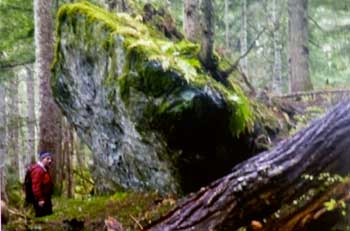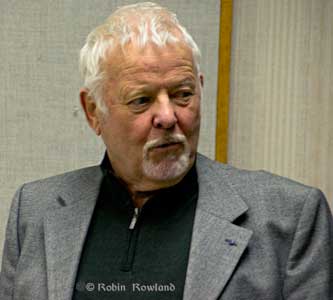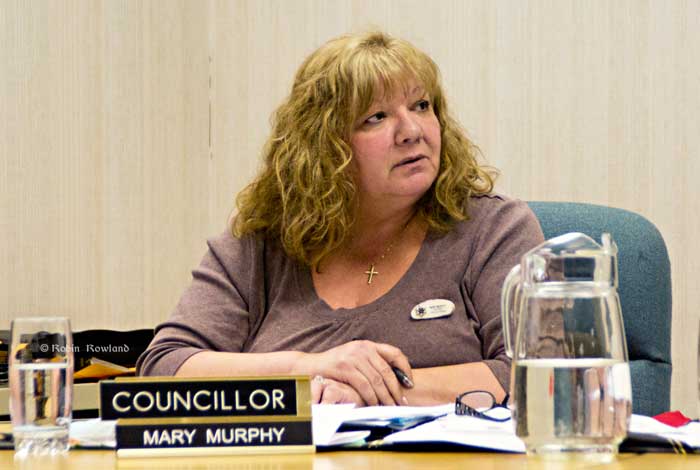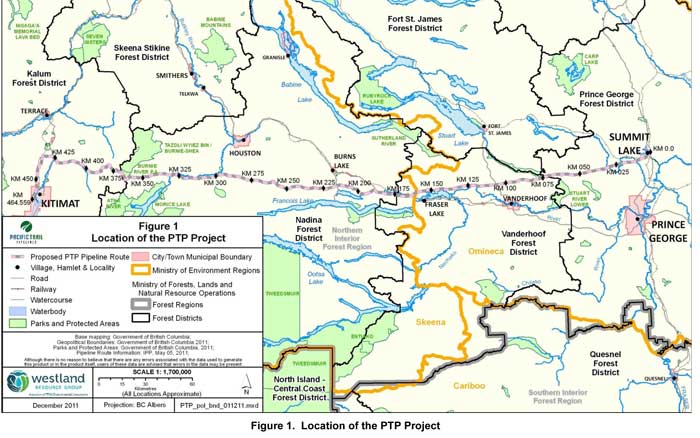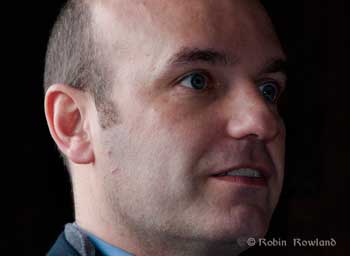On Friday, March 16, Fisheries Minister Keith Ashfield released a brief statement denying that the government had made a decision to take habitat protection for fish out of the Fisheries Act (Earlier in the week reports had leaked saying that government intended to take protections for fish habitat out of the act, as way of clearing the way for industry.)
Ashfield’s statement, which came at 4:40 p.m. Eastern Time appeared to be the classic buried government news release issued late on a Friday. The release actually did not deny facts of the leak, making it also a classic non-denial denial.
Ottawa (Ontario) – The Minister of Fisheries and Oceans today issued the following statement:
“The government is reviewing fish and fish habitat protection policies to ensure they do not go beyond their intended conservation goals. Recent speculation about the current review is inaccurate. No decision has been made.
“The government has been clear that the existing policies do not reflect the priorities of Canadians.
“We want to focus our activities on protecting natural waterways that are home to the fish Canadians value most instead of on flooded fields and ditches.”
It is clear that Conservative policy, such as proposed changes to the Environmental Assessment Act and budget cuts at Environment Canada, is to eliminate as many environmental protections as possible, and so the sentence that policies “do not go beyond their intended conservation goals” must be interpreted in light of the environmental record of the Conservative government.
On March 13, media including The Globe and Mail Ottawa wants to bow out of regulating fish habitat, documents show and The Vancouver Sun, Canada poised to ‘gut’ fish protection laws, biologist claims reported that the Conservatives want to get government out of the job of regulating fish habitat, so projects such as the Enbridge Northern Gateway pipeline can be fast tracked.
Otto Langer, an aquatic ecologist who worked for the federal government for 32 years, obtained the documents and made them available to the media.
He said the documents show that the government intends to remove the requirement in the Canada Fisheries Act to protect fish habitats for any fish that is not of “economic, cultural or ecological value.”
Langer told The Globe and Mail: “Probably the main reason why the oil industry, especially in the Prairie provinces, wants it out of the act is its use triggers [a review under] the Canadian Environmental Assessment Act. If you are going to do harm to habitat, you have to do an environmental review and that takes time and money.”
Speaking to The Vancouver Sun Langer asked how the government could define
“what is a fish of economic, cultural or ecological value?”
Documents obtained by PostMedia news, as reported in The Vancouver Sun story, say that energy and other industries consider the Fisheries Act a irritant that holds up projects. One of the documents say:
“Some of the largest and most complex natural resource and industrial development projects across the country are affected by Fisheries Act requirements, which are consistently identified as one of the top federal regulatory irritants by stakeholders across the country,”
In his bi-weekly conference call with northwestern reporters, earlier Friday, before Ashfield issued his statement, Skeena Bulkley Valley NDP MP Nathan Cullen said he has heard the “the government is planning to take the word ‘habitat’ of Section 35 of the Fisheries Act and then ram that potential change into a budget bill.
“This is what the fisheries act is for, to protect habitat,” Cullen said. “Protecting habitat is one of the most crucial factors in protecting fish stocks. If you can’t protect habitat, then how do you protect fish?
If they do this,” Cullen said, “They’ll rip the very heart out of the Fisheries Act. The heart and soul of the act is that if you want to protect fish, you must consider habitat. You don’t have to be a genius or a fish biologist to know that if the fish don’t have anywhere to spawn, you’ll kill the fishery.”
Cullen said if the government does go ahead with the changes, “it will further compound all the problems and stresses we’ve been putting on the fishery. Essentially the government is saying that wild fish populations will not matter, that oil and gas is going to trump them every single time.
He went to say, “They did this with the Navigable Waters Act a few years ago They killed off a one hundred year old act that was designed to protect waterways in Canada. You know who it upset, and this is something the government is going to have to be paying attention to is the BC Wildlife Federation, the anglers and hunters associations, any of those groups that likes the go out into nature and actually see some nature. All of those groups got upset last time and now its going to be that times ten.“
Ashfield’s statement about flooding referred to a couple of incidents where the Department of Fisheries and Oceans would not allow draining of flooded areas. He told the House of Commons “Last year in Saskatchewan, a long-running country jamboree was nearly cancelled after newly flooded fields were deemed fish habitat by fisheries officials. In Richelieu, the application of rules blocked a farmer from draining his flooded field.”
In response, The Globe and Mail quoted Adam Matichuk, fisheries project co-ordinator for the Saskatchewan Wildlife Federation, said that, during high-water events, many fish species move into flooded areas to feed and reproduce.
“The Craven area is basically a flood plain,” he said. “It doesn’t flood every year, but, when it does, fish take advantage of it. There were hundreds of thousands of young fish, mostly pike and walleye, in there when they turned on those pumps,” he said.

